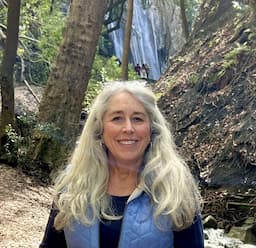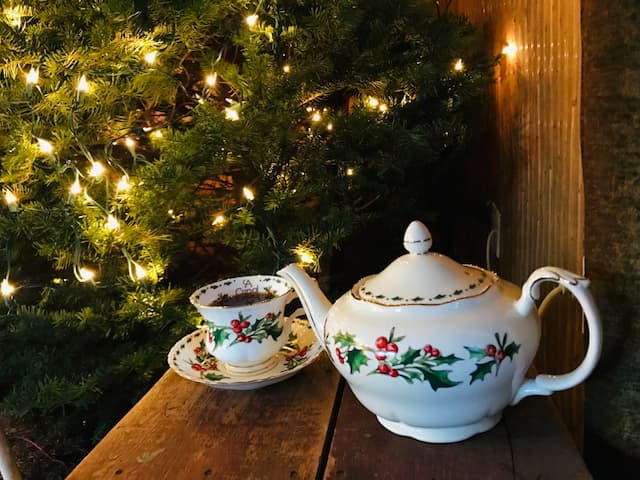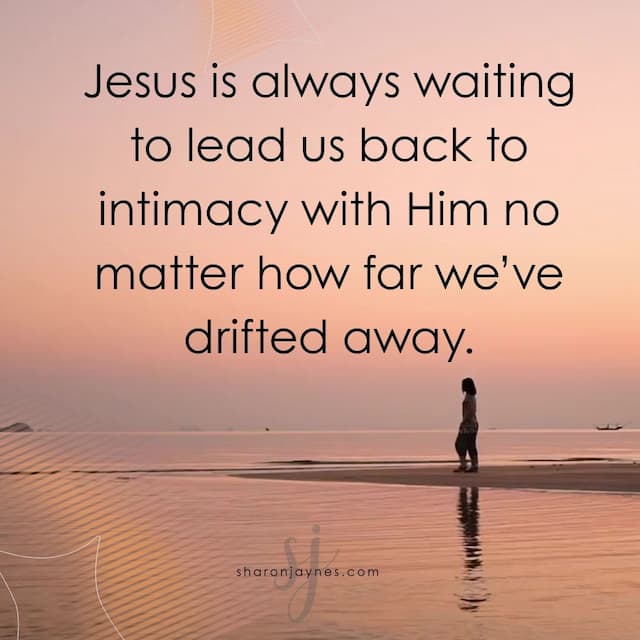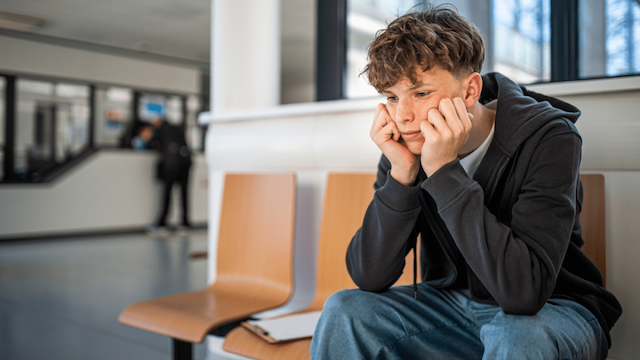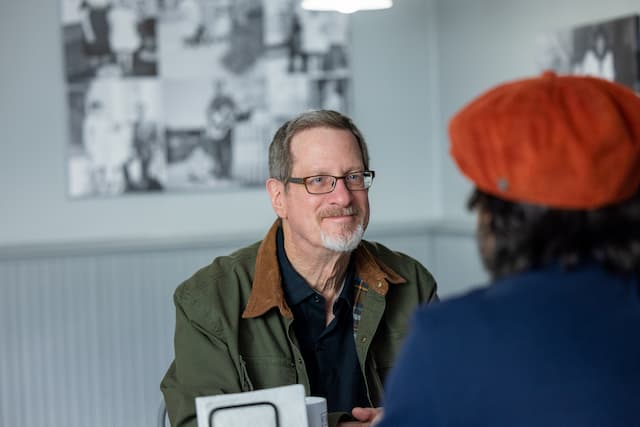Artificial Intelligence Part 4: The Issue of Originality Contd…
NOTE: This is the fourth in a series where I consider some of the faith and arts issues surrounding artificial intelligence. Click here to read Part 1: The Issue of Virtuosity or Part 2: The Issue of Authenticity, or Part 3: The Issue of Originality. This blog post is a continuation of the dialogue on Originality.
It was my daughter, Rachel, who first pointed out the controversy. OpenAI had recently created an image generator which mimicked the style of Studio Ghibli, the animation studio of famed artist Hayao Miyazaki. Rachel is a big fan of Studio Ghibli, and especially of their most well-known animated films, “My Neighbor Totoro,” “The Wind Rises, and “Spirited Away,” which won an Academy Award. According to Wikipedia, Miyazaki “is widely regarded as one of the most accomplished filmmakers in the history of animation,” and has been cited as an influence by many notable filmmakers including Steven Spielberg, James Cameron, and Pixar Studios.
For those who are unaware of this situation, here’s a summary: OpenAI now has an image generator that allows you to input a JPG (of a photo, painting, image, screenshot) and it will recreate that image “in the style” of Studio Ghibli*. For most people, it is a cute and innocuous use of AI, and literally millions of Ghibli-esque images are being created and shared online. But for many artists, and especially for those who revere the work of Miyazaki, it is an affront to the nature of art itself. Consider that this artist spent over six decades honing a particular style that is wonderfully and uniquely his. His animations and movies are carefully-crafted, creatively-inspired, and emotionally-moving works of art. And now—without his consent, credit, or compensation—his artistic essence has been co-opted through artificial intelligence.
OpenAI has a few soft disclaimers in the use of this image generator, but in my opinion, it certainly isn’t enough. The loophole is this: Can you copyright a “style”? OpenAI and other AI companies would insist that you cannot.
As I discussed this with Rachel, we both agreed that one of the highest aspirations of an artist is to create one’s own unique style. Obviously every artist has influences and I certainly have mine; but it is in the confluence of these influences, along with one’s personal aesthetic, talents, and abilities, that one might begin to create an original style all their own. I myself have worked for decades to create music that—while influenced by many talented artists—still sounds uniquely and originally different. I’ve spent a lifetime trying to sound like me. And I know that Rachel has done the same with her art, as well as many of my artist friends. But what happens when that style is co-opted by a corporation or entity through AI?
The issues between OpenAI and Studio Ghibli are far from over, including continuing ado on the internet, and a fake cease and desist letter appearing on X. Some have argued that since AI learning models glean information from the internet at large, copyrighted content has been fed to AI databases, which makes this all illegal. So there may still be legal action forthcoming. We’ll see.
During a recent coffee gathering, one of my friends joked that he would employ ChatGPT to write two songs for me based on our conversation that morning. Mere minutes later, he quickly texted, “I just wrote two songs for Manuel in less than two minutes,” which he then emailed me. But here’s the thing: He actually didn’t write two songs. He only wrote two prompts. And then AI wrote song lyrics. What I fear is that people will soon not be able to distinguish between writing a prompt and actually doing the hard work of creation.
I know that this series of blog posts on AI seems like a continuous rant of sorts. But there’s much at stake here. Creativity is one of the unique aspects of being human that give life meaning. Through the use of artificial intelligence, people are unwittingly eroding the very nature and essence of the arts—and discouraging artists at the deepest levels of our being—in the process. If you are an artist, you understand this. If you are not, you probably have never given it any thought.
I urge you to give it thought.
* For obvious reasons, I am not including a link to the OpenAI image generator.
[Banner Photo: From “The Wind Rises” Studio Ghibli. Inset Photos via Studio Ghibli.]





